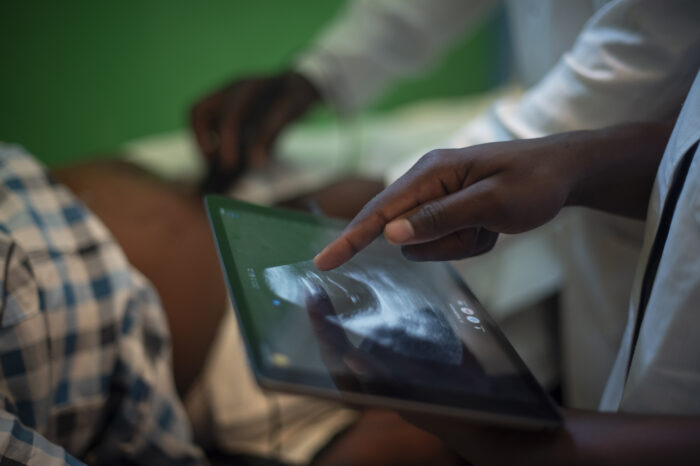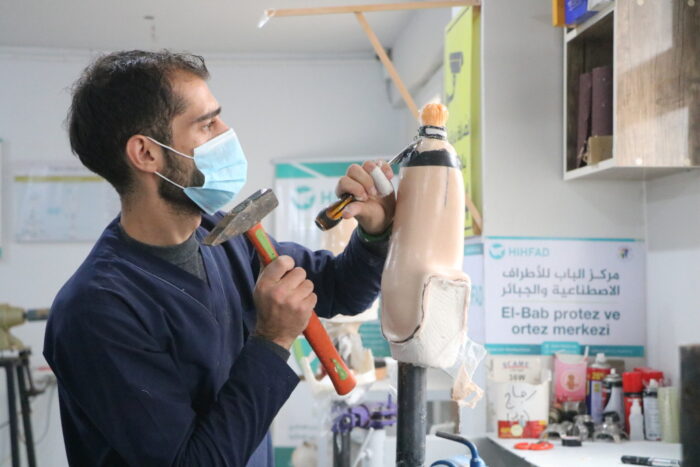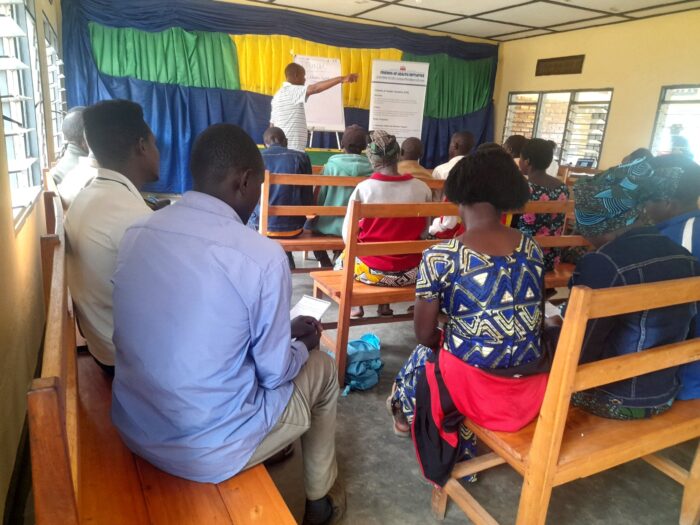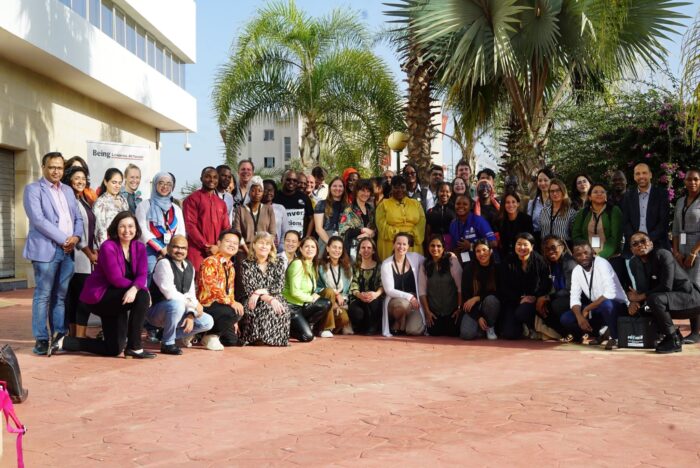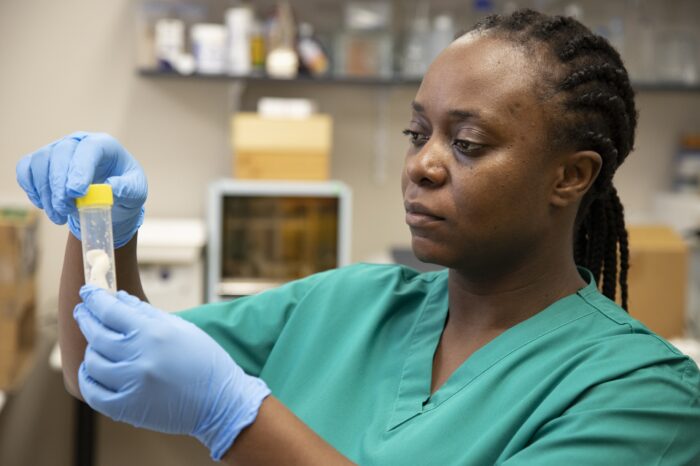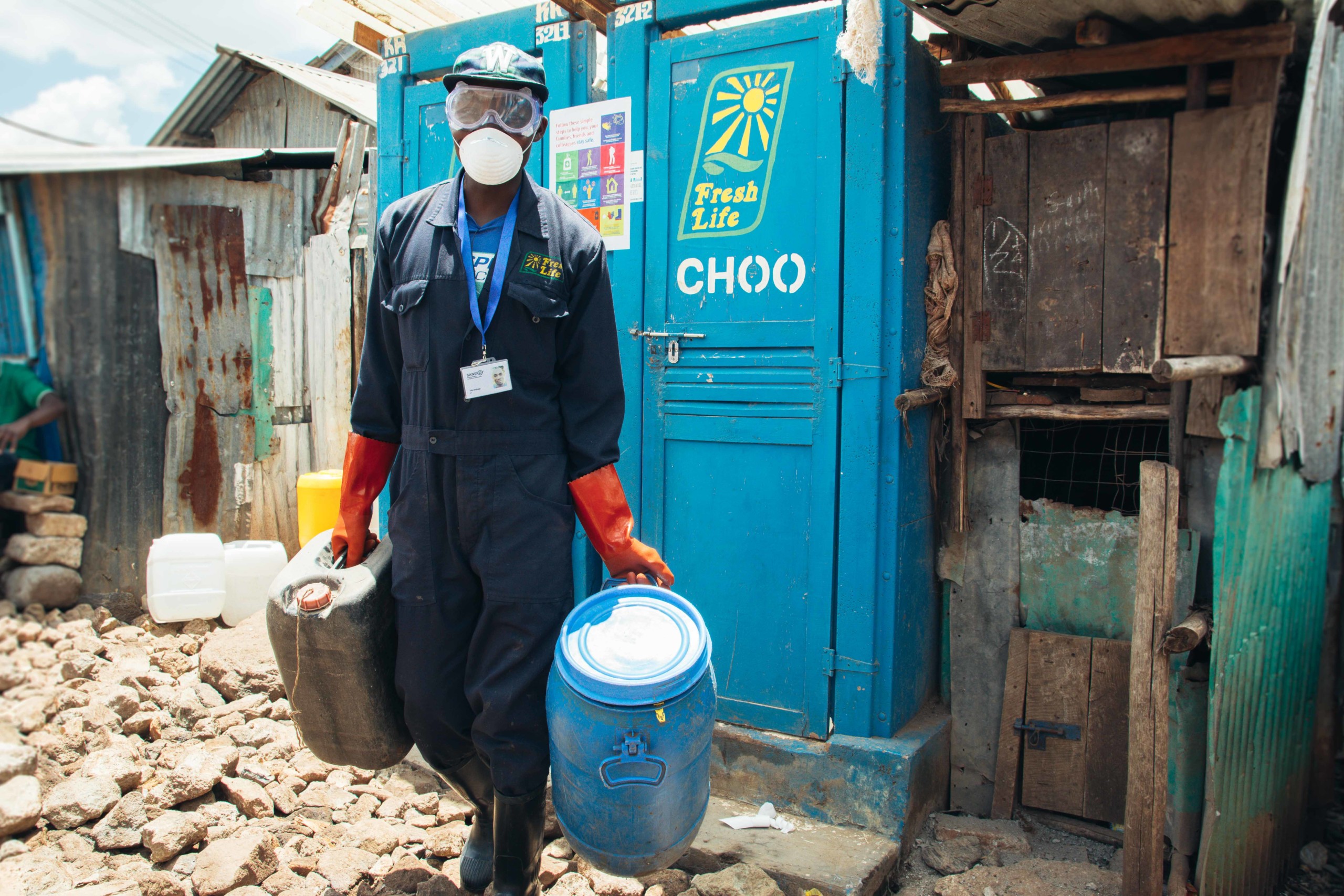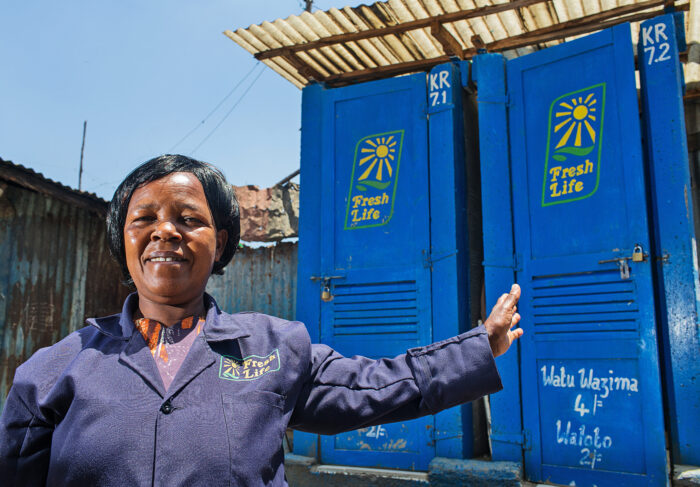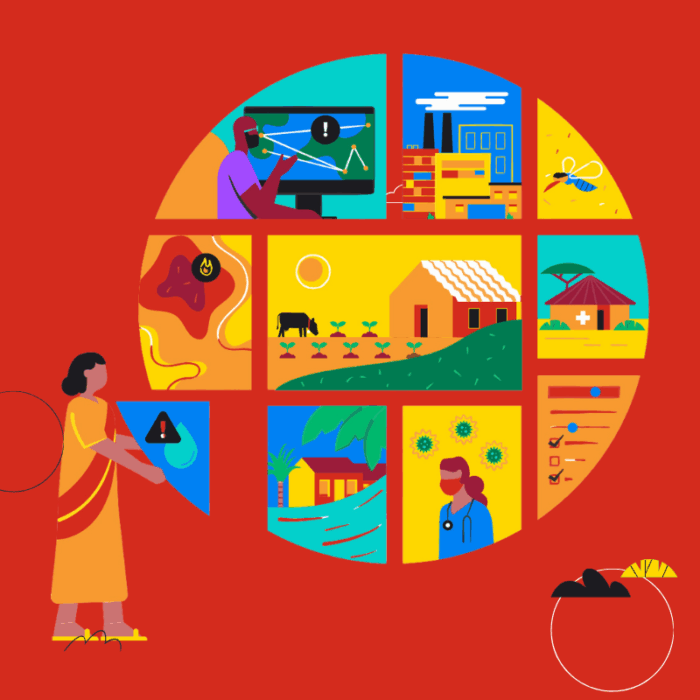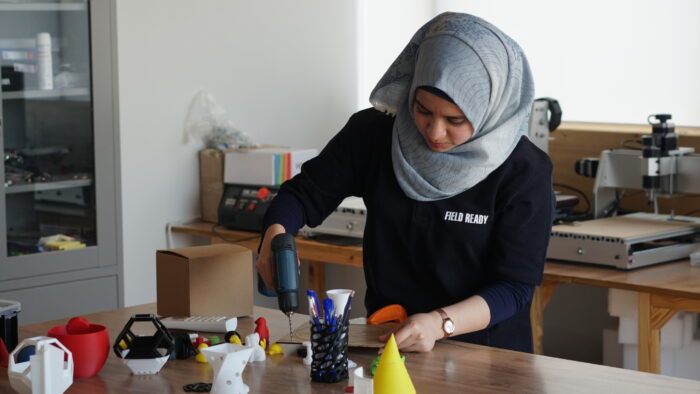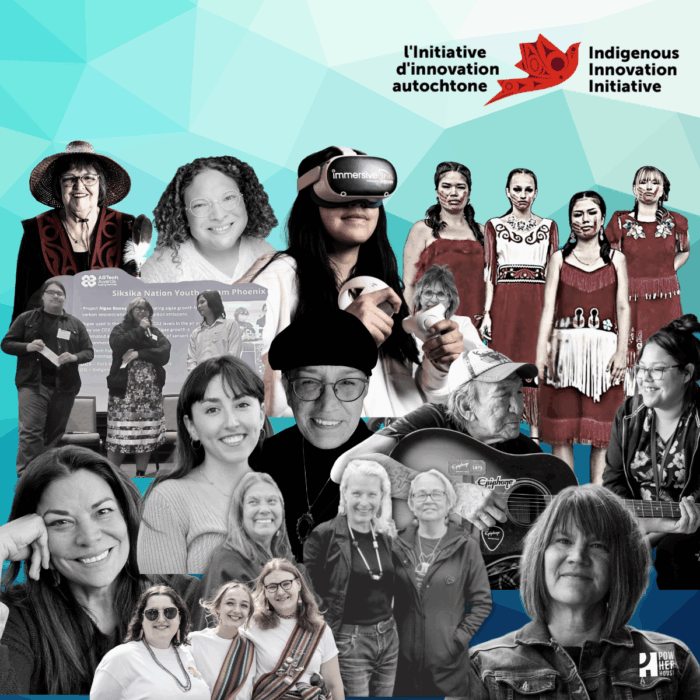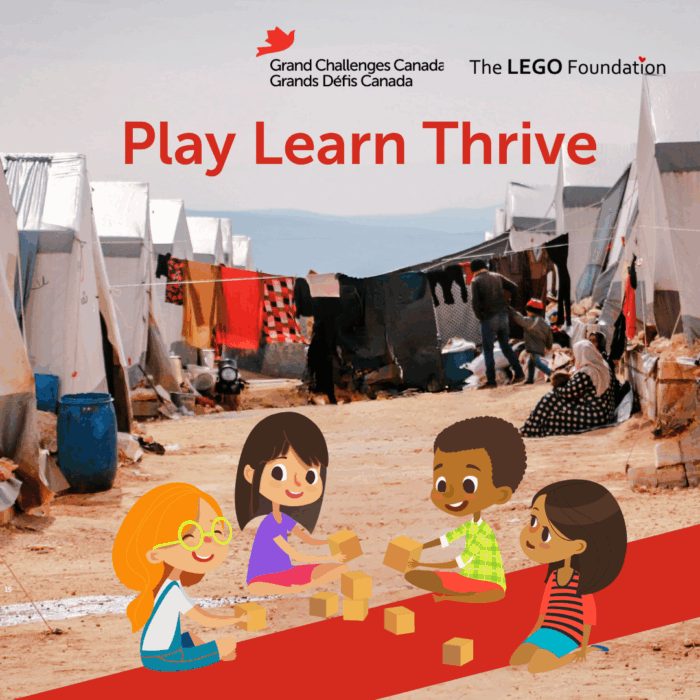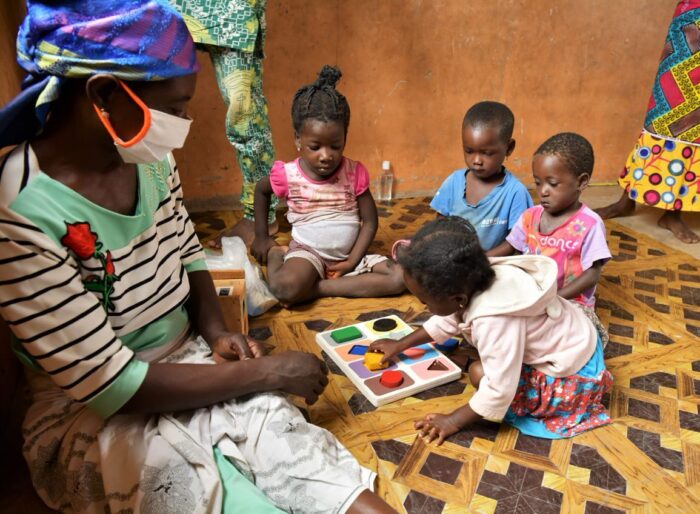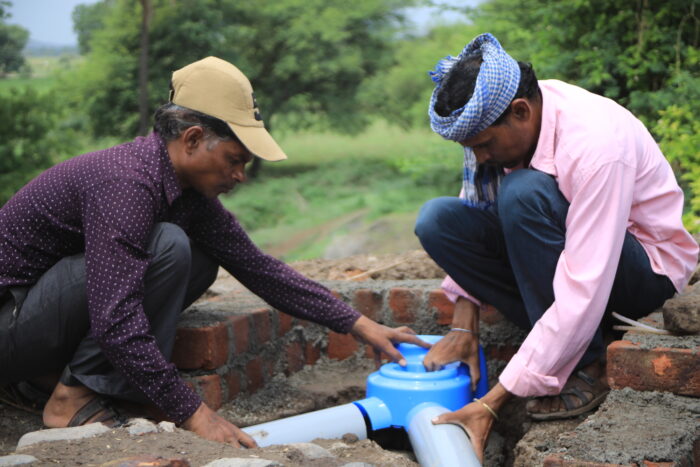Increasingly, funders of global health research are requiring applicants to not just have a brilliant idea but also show that their great idea can be “scaled.” This is, demonstrate that the small project they are testing now can be applied to, taken up by, and have impact in a larger community.
For example, the Saving Lives at Birth consortium requires that potential grantees demonstrate their health innovation to have both a strong likelihood of achieving a substantial impact and the potential to credibly scale to improve the lives of millions of pregnant women and newborns in multiple countries.
For many researchers, however, terms like “scaling up” or “path to scale” are new and not necessarily intuitive. One often-cited definition of scaling comes from Johannes Linn and shows how scaling means going from small to broad:
“Scaling up expands, replicates, adapts, and sustains successful policies, programs, or projects to reach a greater number of people. It is part of a broader process of innovation and learning.”
But this definition is not specific to global health. One goal of our proposal development resource at Grand Challenges Canada has been to help researchers understand what is meant by scaling innovation and to provide easy tools so researchers can develop and communicate plans to scale their innovations.
A great place to start at our Proposal Development Resource is Stanley Zlotkin’s presentation that distinguishes knowledge translation, implementation and scaling. Stan has over 30 years of global health research experience and his perspective can be useful for academic researchers learning the language and expectations of “scaling.”
For a quicker initiation, try Omer Imtiazudin’s short video in which he describes the importance of scale in global health. He says that your innovation will have real impact only when it is scaled up to a larger community so that it gets to the people you’re trying to serve.
In many ways, thinking about “scale” means thinking like a business person, whether you have an innovation that will appeal to a public funder (like a government healthcare service) or a private funder (such as a company looking to commercialize and sell your technology). When developing your plan to scale, you might find the following business tools useful:
First, scale-up maps. In a short video, Joel Segre demonstrates how you can use a piece of paper (getting away from the computer) to draw a scale-up map. This can help you think through the ways that your innovation can transfer from the ideas stage to a larger community or region. ExpandNet also has some great scale-up maps and tools.
Second, a business plan. Especially if your innovation is a product or service that you want to target to a customer (or a potential partner), you will very much need to develop a business plan. In a short video, Alex Bruton shares his advice on how you can develop a business plan to help focus your thoughts and clarify the “value” of your innovation – what differentiates it from all the other great ideas out there.
Third, a pitch. A pitch is a 1- to 3-minute speech that tells your audience what your project is and why it’s important. Alex Bruton says we pitch our passion so that others join us to change the world! Omer Imtiazuddin gives a short video on the elements of a pitch – tailored to your audience, engaging, concise and persuasive.

